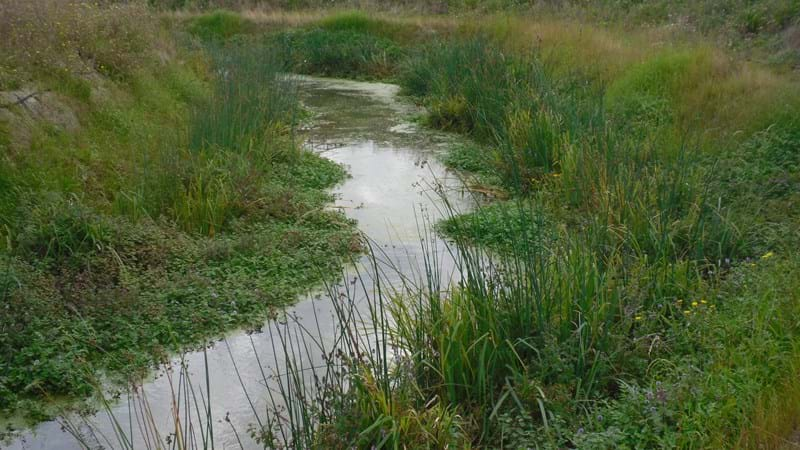New environment report highlights positive impact of scheme
Published
25 Mar 2021

Share this article
More habitat for bats, birds and bugs! That’s the headline from an environment report which looked at the impact the A14 Cambridge to Huntingdon improvement scheme is predicted to have on the amount and quality of habitat created for wildlife during the project.
Across the length of the scheme, more than a square mile of new habitat was created for wildlife, including the landscaping of roadside verges and transformation of borrow pits into a mixture of woodland, grassland, wetland and open water habitat. Our team also planted 860,000 trees, put up 360 bat boxes, 90 bird boxes, 24 swift boxes, 22 barn owl boxes and 24 kestrel boxes.
As well as improving connectivity for drivers between Cambridge and Huntingdon, we also improved connectivity for animals such as otters and water voles by constructing 24 wildlife tunnels to give them a safe place to cross the new road. Animals are directed away from the road, to the tunnels, with directional planting.
From this work and using the scheme design drawings, our environmental experts within the A14 Integrated Delivery Team, including specialists from Atkins and Balfour Beatty, used Natural England’s Biodiversity Metric to predict that the scheme will result in a net increase in biodiversity units of 11.5 per cent.
A biodiversity unit is a figure that represents the distinctiveness, condition and size of a habitat, which can help assess whether a project results in a loss or positive gain of habitats and wildlife.
Laura Hampshire, Highways England Senior Project Manager, said:
“We take our responsibility to the local environment seriously and with that in mind we designed the A14 Cambridge to Huntingdon improvement scheme in a way that would reduce the impact on the surrounding landscape and wildlife. Our ambition from the beginning was to have a positive impact on local wildlife and the places they call home.
“We’re extremely happy that our work has been recognised by environment experts, who agree that our project is predicted to have a positive impact in creating homes for wildlife.”
More than 40 different native tree and shrub species were planted, including; Dogwood, Hawthorn, Hazel, Oak, Elder, Holly, Dog rose, Honeysuckle, Silver Birch. In total, Highways England planted almost 25 miles of hedgerow and 220ha – roughly the size of Monaco – of habitats including native woodland and shrubs.
It’ll take about 15 years for the planting to look as it does in the scheme flythrough video, but wildlife has already started to use what has been provided, so as the planting matures this will encourage more into the area.
Claire Wansbury, Ecology Associate Director at Atkins, said:
“This research is a flagship collaborative study by biodiversity experts working on the A14, which is predicted to make a valuable contribution to Highways England’s national biodiversity efforts. The work revealed differences between traditional ecological practices and a biodiversity metric-based approach, and on design considerations to achieve both, which will help Highways England refine the design of future highway projects. On the A14 we can also see practical evidence on the ground where good design is helping wildlife, such as camera monitoring revealing otters and water voles using a specially designed culvert to cross the new road safely.”
